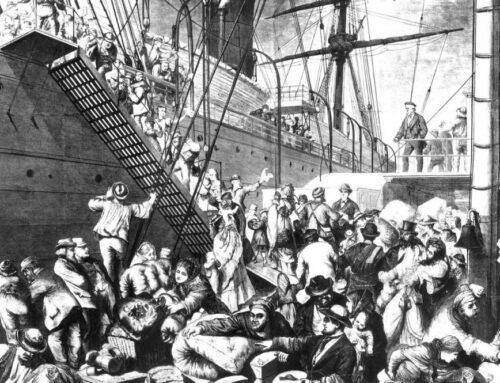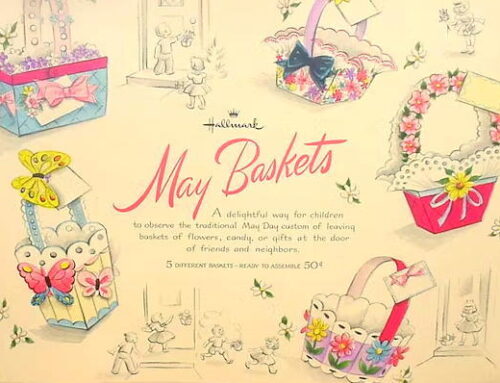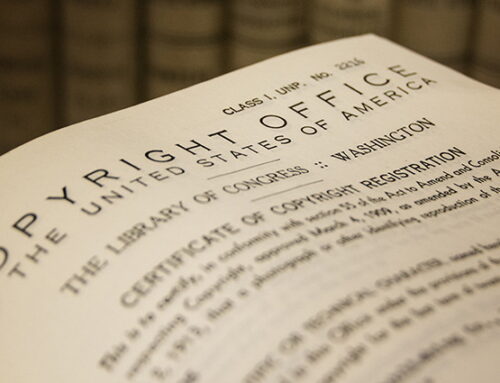Hidden Truths: Mapping the City Cemetery in Chicago is a wonderful site by Pamela Bannos, a researcher who was curious about a why there was a large tomb for the Couch family in Lincoln Park. Performing dogged research through many archives, including Northwestern, Chicago History Museum, Chicago Public Library, Chicago Park District Special Collections, Chicago Title and Trust Company, and others, Bannos mapped the original city cemetery, researched the owners of plots, pursued every article she could find in the Chicago Tribune, and finally amassed this and other amazing work at her site.
Genealogists will be interested in particular in the mapping she’s assembled for City Cemetery, Jewish Cemetery, and Catholic Cemetery, on the present-day site of Lincoln Park, at these links:
Mapping the Cemeteries: City Cemetery
Mapping the Cemeteries: Jewish Cemetery
Mapping the Cemeteries: Catholic Cemetery
On her site, Bannos has a wealth of information and I urge anyone with Chicago ancestors to visit. Here are a few paragraphs on the beginning of her research:
This project details my research, beginning with the original documents, and shows how the cemetery became Lincoln Park. It also reveals how the physical remains of earlier Chicagoans became buried within the layers of written history.
From 1843 through 1859, the only graveyards in the city of Chicago were in the area of the southern edge of Lincoln Park and the neighborhood now known as the Gold Coast. This cemetery cluster consisted of the City Cemetery, the Potter’s Field, the Jewish Cemetery and the Catholic Cemetery. During these sixteen years of exclusive use, there were more than 20,000 interments.
In 1859, with the opening of Rosehill Cemetery, followed the next year by the Graceland and Calvary Cemeteries, there became additional options for burials of the deceased in the fast-growing city. In 1866, further burials in the cemeteries by the lake were prohibited. From 1860 through that time, an additional 15,000 interments had taken place in those locations.In 1866, it was determined that city officials had illegally acquired a 12-acre parcel of land within the cemetery grounds, known as the Milliman Tract. For the next two years, the remains within the graves in this area were relocated to other cemeteries and the land was returned to its rightful owners. The two-year disinterment period of this section of the 57-acre City Cemetery seems to be where the history of the cemeteries’ removals becomes confused.
Hidden Truths now has a Facebook fan page. I’m a fan and if you have Chicago ancestors from any generation, I think you might want to be too.






Leave a Reply